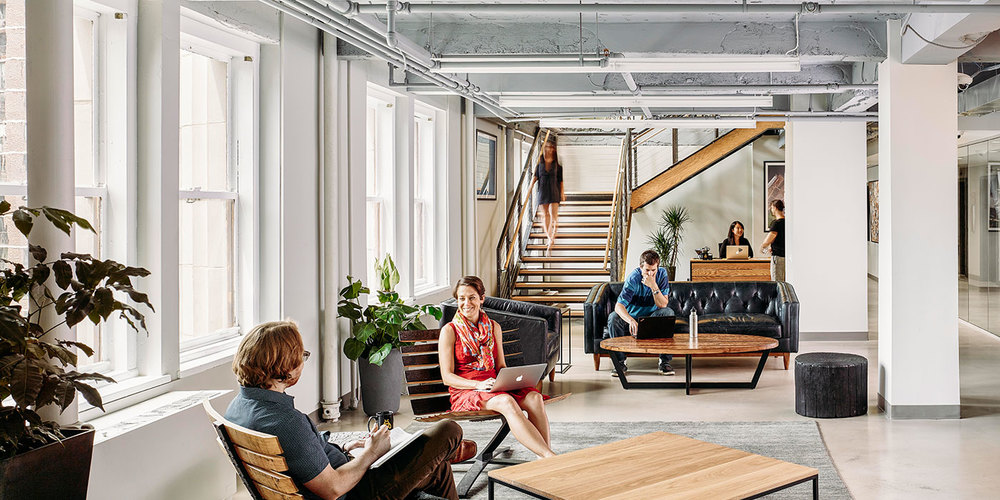An average day at work is very different from what it used to be. Norms are changing and you should be aware of, and even consider adopting, these new workplace trends.
Flexible Hours
Gone are the days of traditional 9 to 5 schedules – today’s employees prioritize flexibility in their job to uphold a work life balance. Many companies are adopting policies that allow workers to plan their own timetables under a prescribed number of hours each week. In a global survey administered by Unify, 43% of workers would prefer flexible work hours over a pay raise and one-third would take a new job with lower pay if it mean more autonomy. Beyond satisfaction, flexibility also drives engagement. According to the National Study of the Changing Workforce, 30% of employees with easy access to flexible work arrangements reported feeling very engaged in their job compared to 10% among those with little access.
Remote Work
Workplace flexibility applies not only to time, but also to place. Individuals are productive in different locations, whether at their cubicle, in an undesignated lounge at the office, on an airplane flight, or even at home. According to the General Services Administration, only 30-40% of employees with assigned spaces actually use them. In addition, BetaNews reports that 45% of U.S. employees work from home.
Giving employees freedom to work where they want empowers them to complete tasks in a way that best suits their unique needs. It increases productivity, drives efficiency, boosts morale and reduces turnover. Adopting flexible work arrangements could also benefit the company. By reducing assigned spaces and encouraging flexible work locations, companies can reduce their space requirements and costs.
Resource Optimization
The facilities management industry has continued to experience the streamlining of processes as a result of integrated workplace management systems (IWMS). The software platforms help optimize the use of workspace resources including real estate portfolios, infrastructure and facility assets. According to iOffice, worldwide sales of IWMS are projected to reach $1.7 billion in 2013. FM professionals who are looking to stay competitive and differentiate themselves will opt to implement these highly efficient management software tools.
Collaborative Environments
Forbes reports that 88% of millennials prefer a collaborative culture over a competitive one. As a result, there is a growing focus on building work environments that foster community, open communication, and creativity. Key features of collaborative workspaces include an open plan and design features that encourage interaction whether it be a common area for leisure or a high-traffic staircase. Early adopters have already begun reworking spaces and it won’t be long before the vast majority of facilities move away from their traditional and highly individualistic layouts. Beyond physical offices, organizations will also be seeking to build trust among all internal stakeholders in addition to a shared sense of purpose.
There you have it – 4 workplace trends that will surely affect the processes and interactions of your employees! Use them to adapt to workers’ needs and support them in being productive!
![]()



